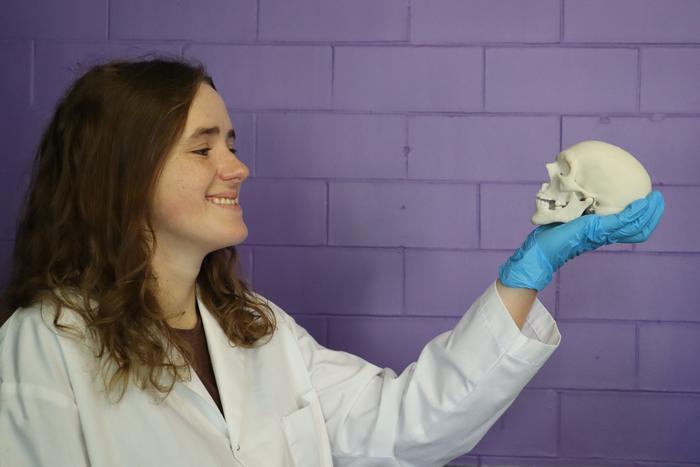The discovery of the DNA of a 400,000-year-old human in a Spanish cave could allow us to piece together the history of our ancestors. A scientific feat deemed “exciting.”

“It’s incredibly exciting! Svante Pääbo, director of the Max Planck Institute (Germany), known worldwide for his work on the genetics of hominids, cannot yet get over it. The oldest DNA in the world has just been sequenced. Dating back 400,000 years, it was actually reconstructed from a bone found in a Spanish cave.
But the discovery does not end there, because this bone has revealed its secrets. It indeed shows amazing genetic links between our ancestor lineages. This real scientific feat, revealed Wednesday in the scientific journal Nature, could allow us to go back enough in time to follow the genetic evolution of men. These results show that we can now “study the DNA of our human ancestors hundreds of thousands of years old.” It’s incredibly exciting! », Says Svante Pääbo.
In the “chasm of bones”
It is an international team of researchers who succeeded in extracting and analyzing DNA 400,000 years old on a femur found in Sima de los Huesos (“the cave of bones” of Atapuerca, north of the Spain). Arriving in this place steeped in history, the scientists thought to get their hands on a deposit housing the bones of the most primitive forms of Neanderthals, even of their ancestor Homo heidelbergensis..
Until now, the oldest human genome sequenced was “only” 70,000 to 80,000 years old. It belonged to a young girl member of a group of primitive hominids, the “Men of Denisova”, close cousins of Neanderthals and modern humans, who transmitted some of their genes to the present inhabitants of South Asia. is, especially to Papuans. And it is precisely from this line that the bone found in the Spanish cave comes from, but even older and with some genetic differences. ” This unexpected result indicates that the origin of Neanderthals and modern humans followed a complex evolution. I hope that further research will be able to clarify the genetic relationships between Bone Pit hominids on one side and Neanderthals and Denisovans on the other. “, underlines in a press release one of the authors of the study, Juan-Luis Arsuaga, director of Center for research on human evolution and behavior in Madrid.
A scientific feat
Because indeed, even if he shares many traits with the Denisovans, this Sima’s man actually diverged from this lineage some 700,000 years BC, the study said. Thus, this feat “opens the way to the analysis of the genes of the ancestors of Neanderthals and Denisovans”, summarizes Svante Pääbo, director of the Max Planck Institute (Germany), a major specialist in hominids.
.















